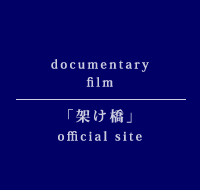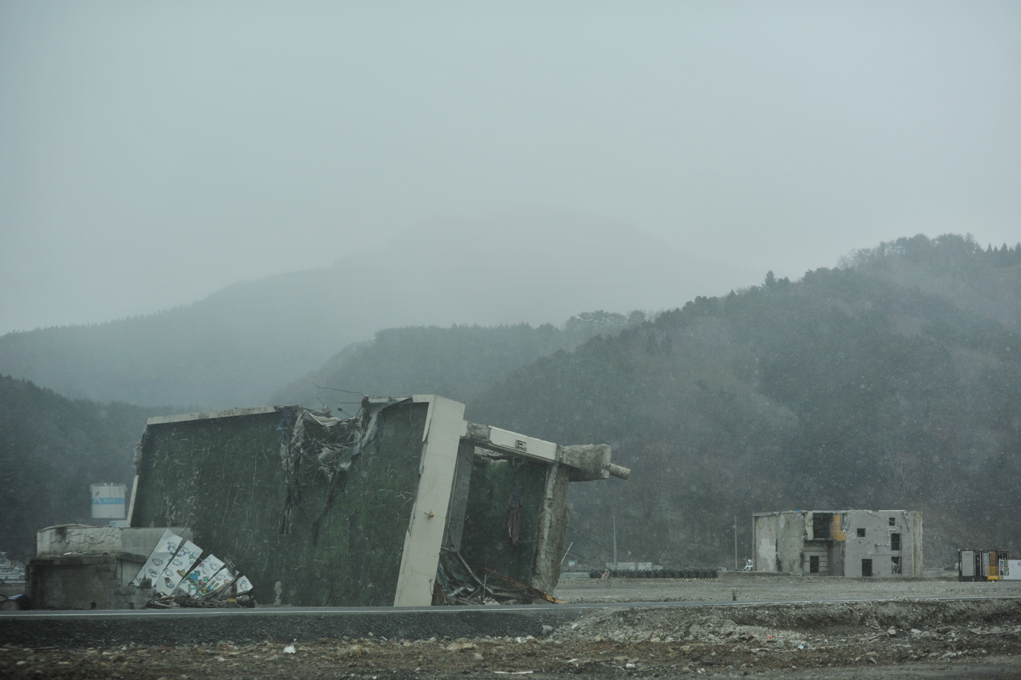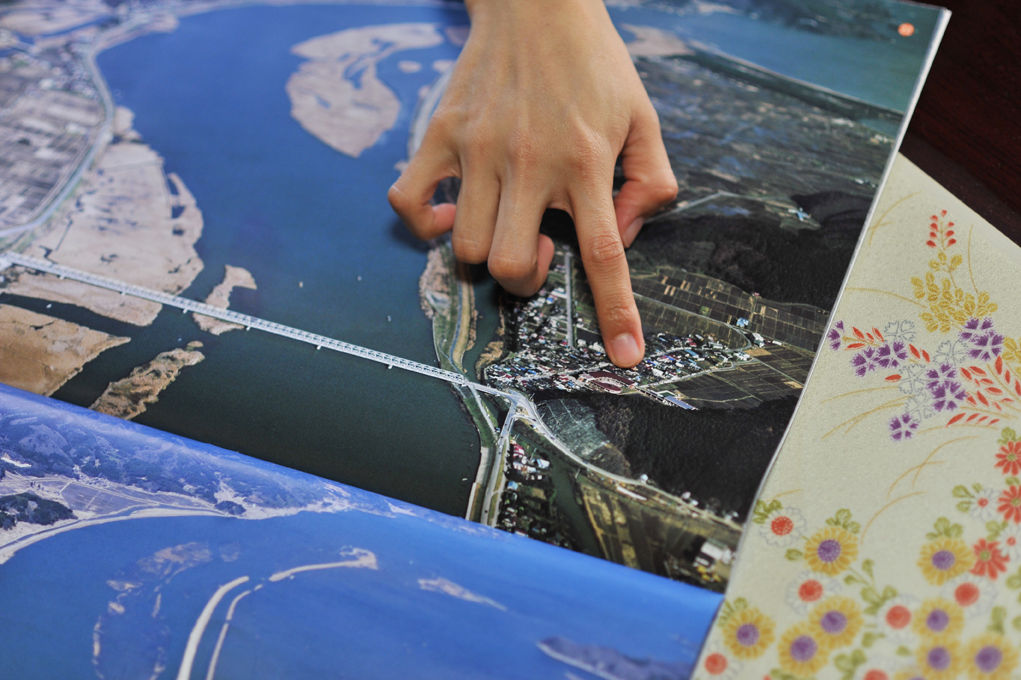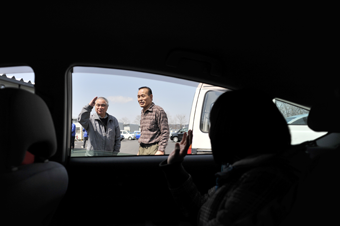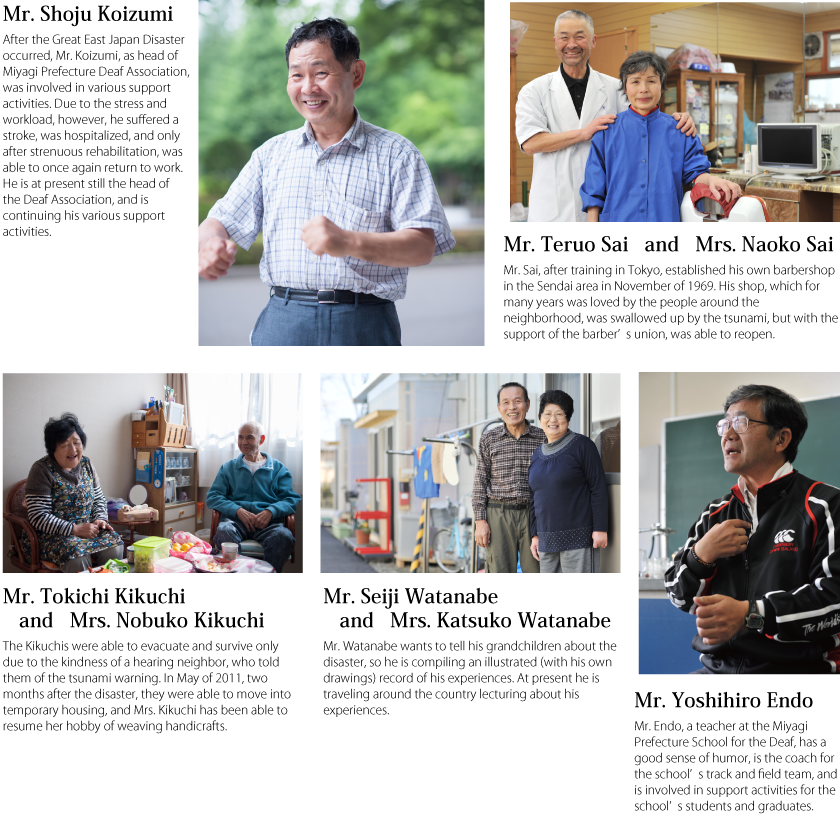A day after The Connecting Bridge was completed, it was shown in a movie theater for the first time, and on the big screen, the almost two and a half years of filming were faithfully represented by the smiling face of Mr. Koizumi. I visited Miyagi for filming eleven days after the Great Disaster. Having a camera pointed at you can be stressful, and having someone like me, someone who the people who had just lost family members, or their homes, didn’t know, come and film them, was naturally difficult for many of them to adjust to emotionally. Some did not want to be filmed. In fact many people refused to be filmed, and I felt bad about even asking them to let me film them in their time of sorrow. But the feeling I had, that the situation these people had found themselves in should be communicated to others, did not diminish.
At the time I first arrived, the hotels were full, so I planned to sleep in a car, but Mr. Koizumi said, “That would be too cold”, and allowed me to stay at his house.
Mr. Koizumi was extremely busy everyday with his activities supporting deaf people after the disaster. But he always found time to answer my questions carefully, and whenever I visited Miyagi he always smiled and said, “Thank you for coming all the way here, and I am really happy that you are recording this situation.
”But something that I never expected happened. It happened at the end of 2011. On a morning when I was filming in Miyagi, I received a message from Mr. Koizumi’s son saying his father had suffered a stroke. Everything in front of my eyes seemed to turn black. When I went to visit him at the hospital, the right side of his body was paralyzed. He couldn’t walk. He couldn’t use his hands, and he couldn’t sign. That evening, I couldn’t stop crying. But in time, through his continued efforts and rehabilitation, he was able to drive again, and began running around doing his activities again. Many people would have given up after losing their ability to do simple things, like hold on to something, or even to bend their fingers. I am truly amazed by Mr. Koizumi’s strength of spirit.
And in July, two years and four months after the disaster, Mr. Koizumi returned to his job as head of the Deaf Association, and we could once again see the healthy, smiling Mr. Koizumi, running around. Once I was able to capture that scene on film, The Connecting Bridge was complete. To Mr. Koizumi, for his cooperation, and to everyone, thank you very much. The work on this particular film has ended, but as an individual, and as a filmmaker, I will continue to support the people of the Tohoku area, and will continue to treasure my relationship with Mr. Koizumi and the others who cooperated in the filming.
With Gratitude,
Imamura Ayako ![]()
August 17th, 2013
